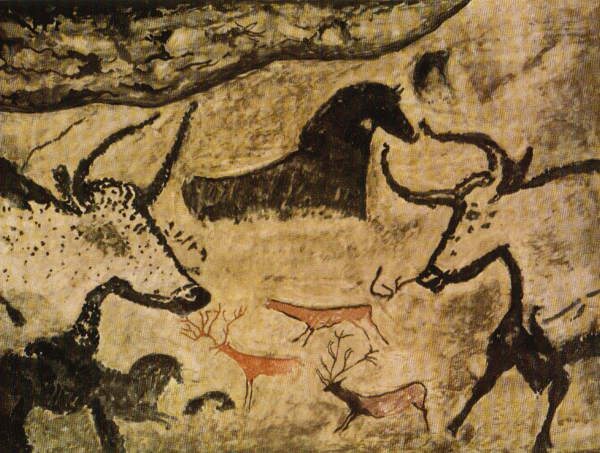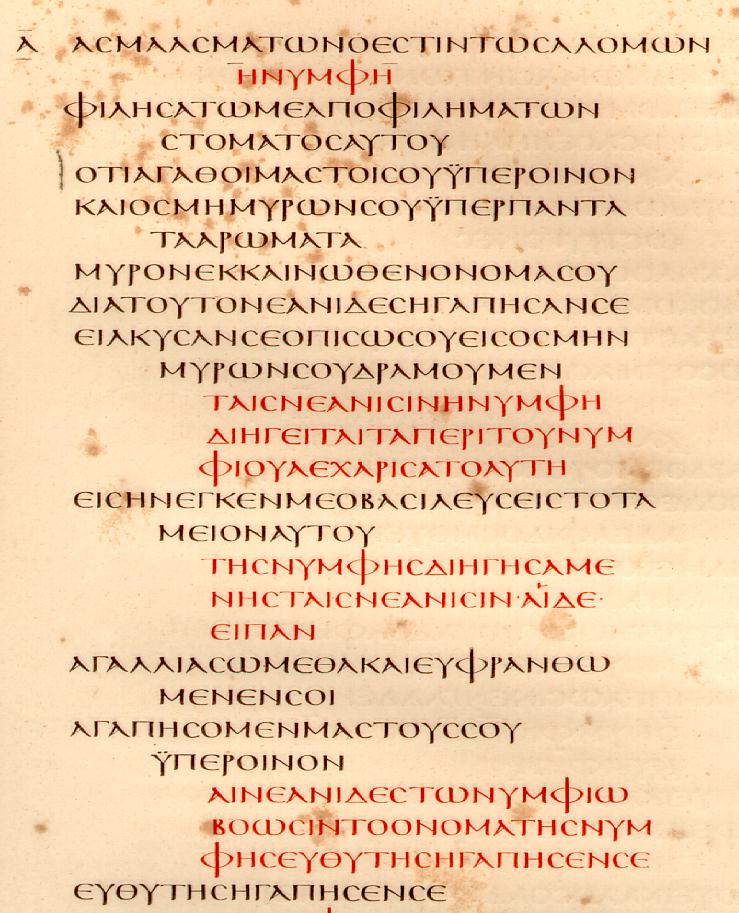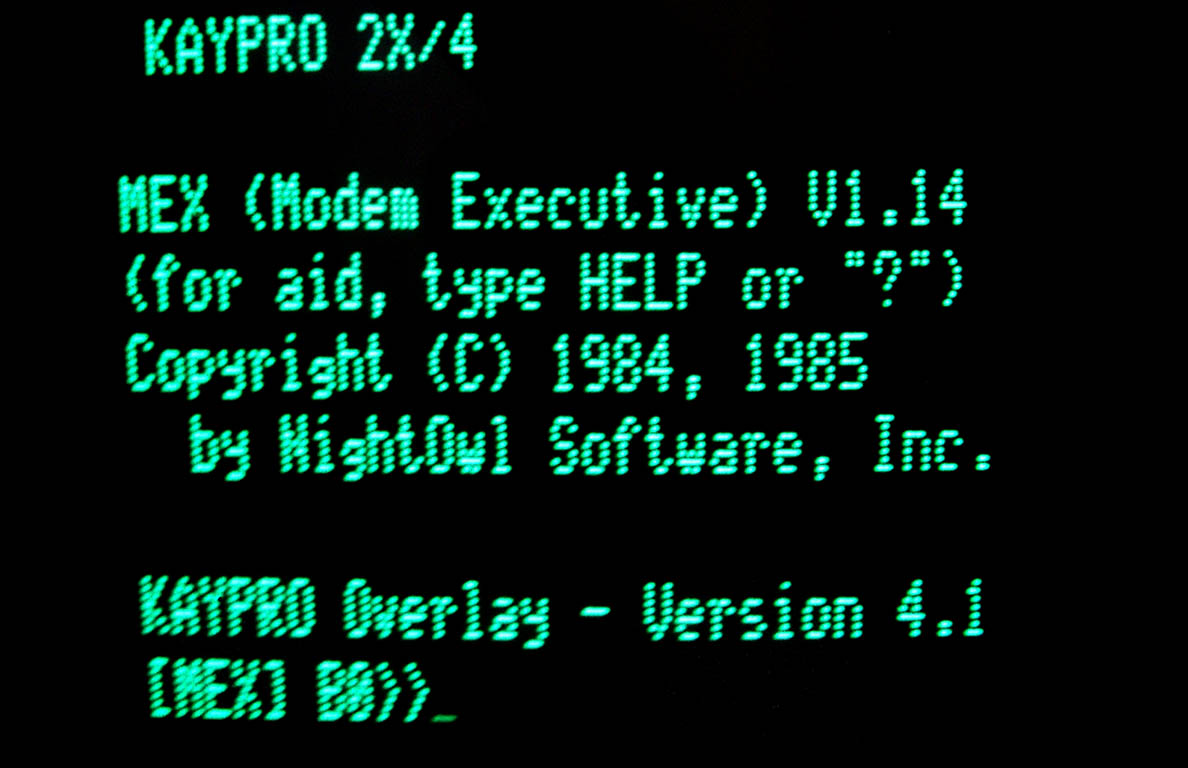 Home Page
Home Page
“The Technē of Writing”
- Writing lecture, part 1.mp3
- Listen in iTunes
- Listen in Stitcher
-
Prologue
τέχνη (techne) is the Greek word that
gives us words like technique, technical, technological,
technician, techno, and, of course, Louisiana Tech.
According to the OED, it is "An art, skill, or craft; a
technique, principle, or method by which something is
achieved or created. Also: a product of this, a work of
art." The τέχνη of writing
reaches back thousands of years, and technical writers
ignore this history at their peril.
We begin our study of technological advances in technical
writing with sticks in mud and feathers marking on animal skin
parchment. This is probably the most important lecture of the
quarter because it lays the groundwork for everything to
come. Naturally you don't believe me. So to quote
Hans and Franz, hear me now and listen later.
Fortunately, this lecture will be here when you are ready for
it.
Part I: Language
In the beginning was the word (John 1:1)
John 20
- And many other signs truly did Jesus in the presence of his disciples, which are not written in this book:
- But these are
written, that ye might believe that Jesus is the Christ, the
Son of God; and that believing ye might have life through
his name.
While many animals and even plants are able to communicate through signs, the human capacity for language far exceeds what we see elsewhere. Fortunately for us, this ability is pre-technological and thus beyond the limits of this course.
What isgermane to the course is to recognize that
writing developed as a way to deal with the natural
limitations of speech. A speech act is limited to a
specific time and place; writing extends the reach
of the speech to a broader audience removed in time,
place, or both.

Part II: Cave Paintings

The oldest extant human writing that I'm aware of is cave
painting, some of which is 30,000 years old. The
technology involves would include paint, some kind of brush, a
surface (the cave interior), and lighting to see what they
were doing. This isn't a written language yet, but it
does give us insight into human aesthetics; after all these
millennia, the art is not only recognizable but beautiful.

Part III: Etched in Clay, Chiseled in Stone — Whatever.
Baked clay and stone have similar qualities; the big
difference is in the ease of creation and the beauty of
the finished product. Clay is soft enough that the
scribe can use a sharp stick or stylus; rock requires
chisels; therefore, it takes longer and is more
expensive.
Tablets in Cuneiform (3300 bc)
- Stylus
- Tablet 1
- Tablet
5: Epic of Gilgamesh
They wrote using pictographs, which changed to syllabograms later. - Current uses of this technology.
- Writing
in wet concrete. Who can resist?
- Cemetaries
- Vietnam memorial
- Tech
bricks
- Over building entrances. Compare the old Ruston State Bank inscription with the sign on the building to the left. The inscriptions on banks, government buildings, and similar institutions imply strength and permanence. "I'm Ruston State Bank; I kept the deposites safe from Bonnie and Clyde; I'll keep your deposites safe too." The neighbor to the left is flashier but less reliable. "I'm Paramount 'ealthcare 'onsultants. Hurry in; I'll be gone before the rest of my letters drop off."
Drawbacks of this method
- These forms are by their nature monumental; they last a
long time, but they are incredibly heavy and hard to
move.
- Each inscription is bulky, limiting the amount of information you can record. Imagine going to class with a physics textbook etched in baked clay.
- They are expensive to produce.

